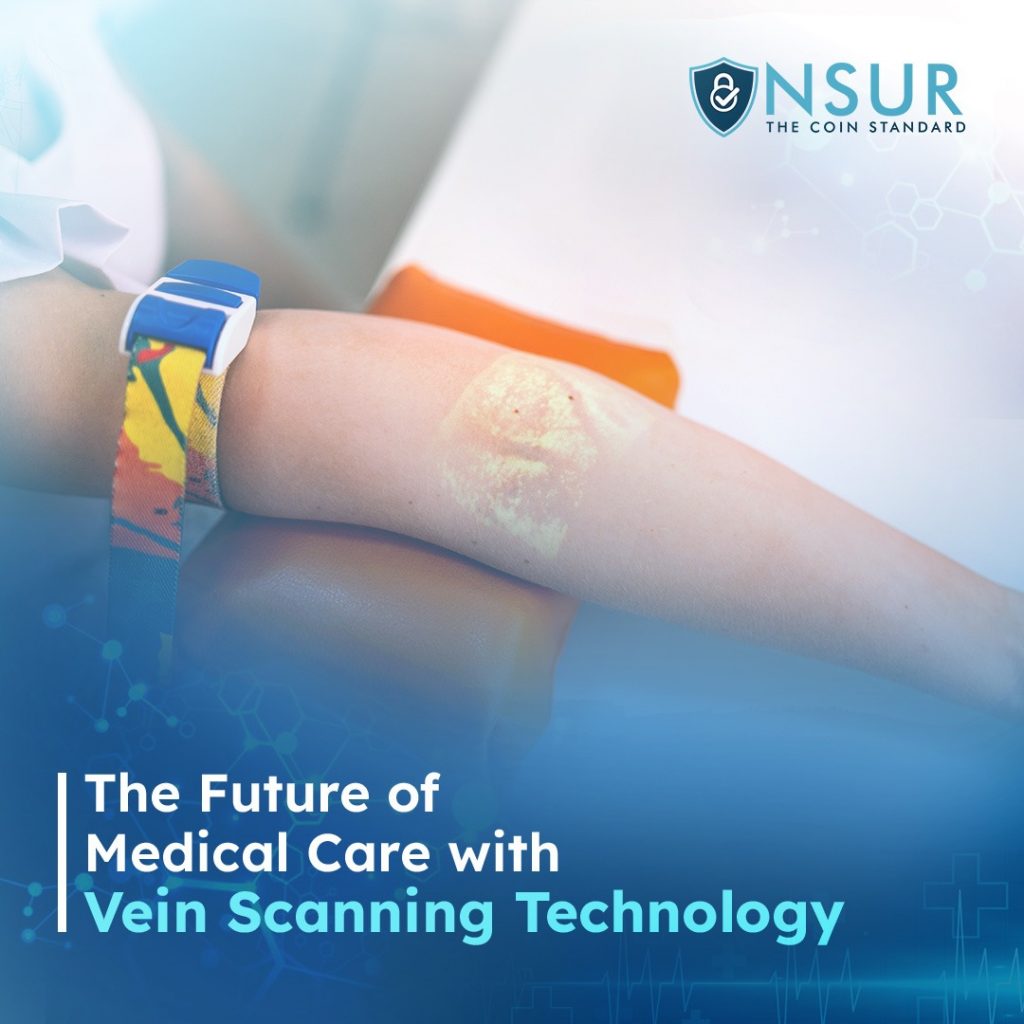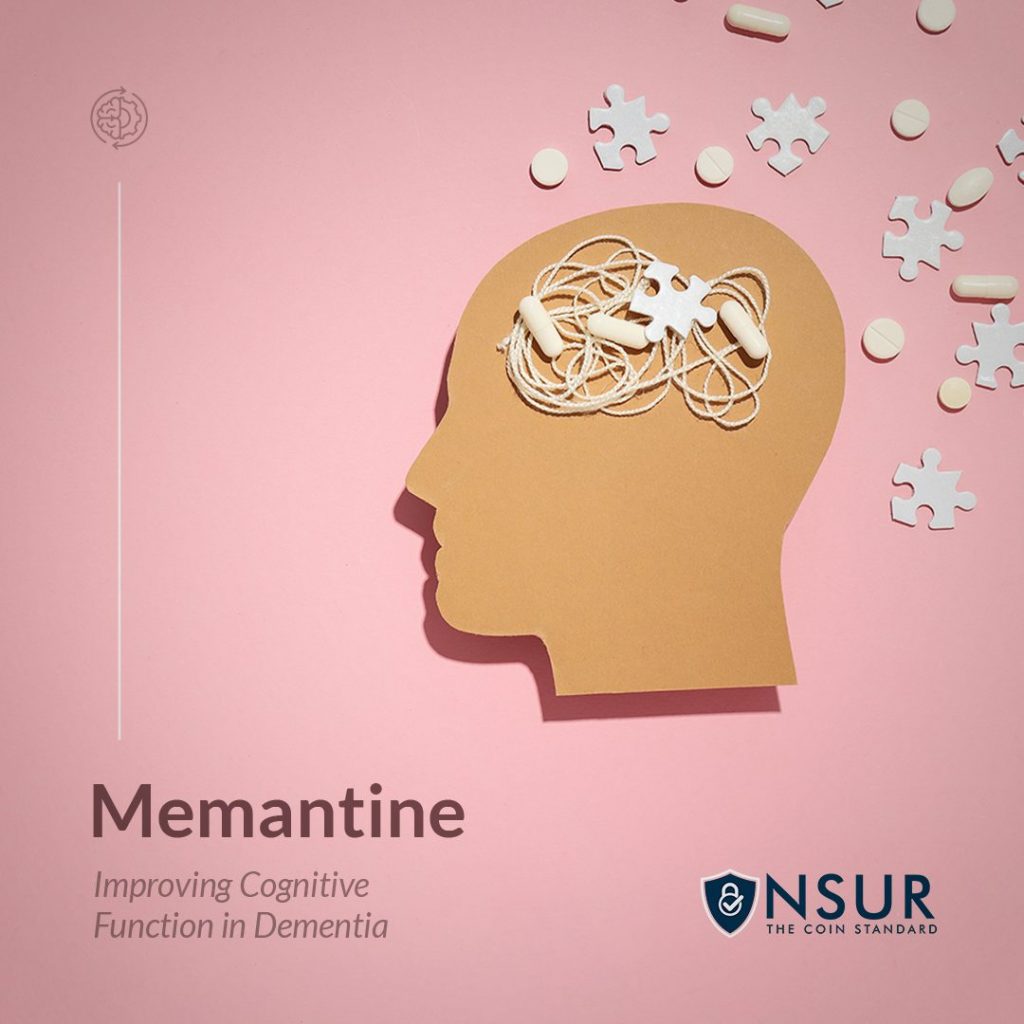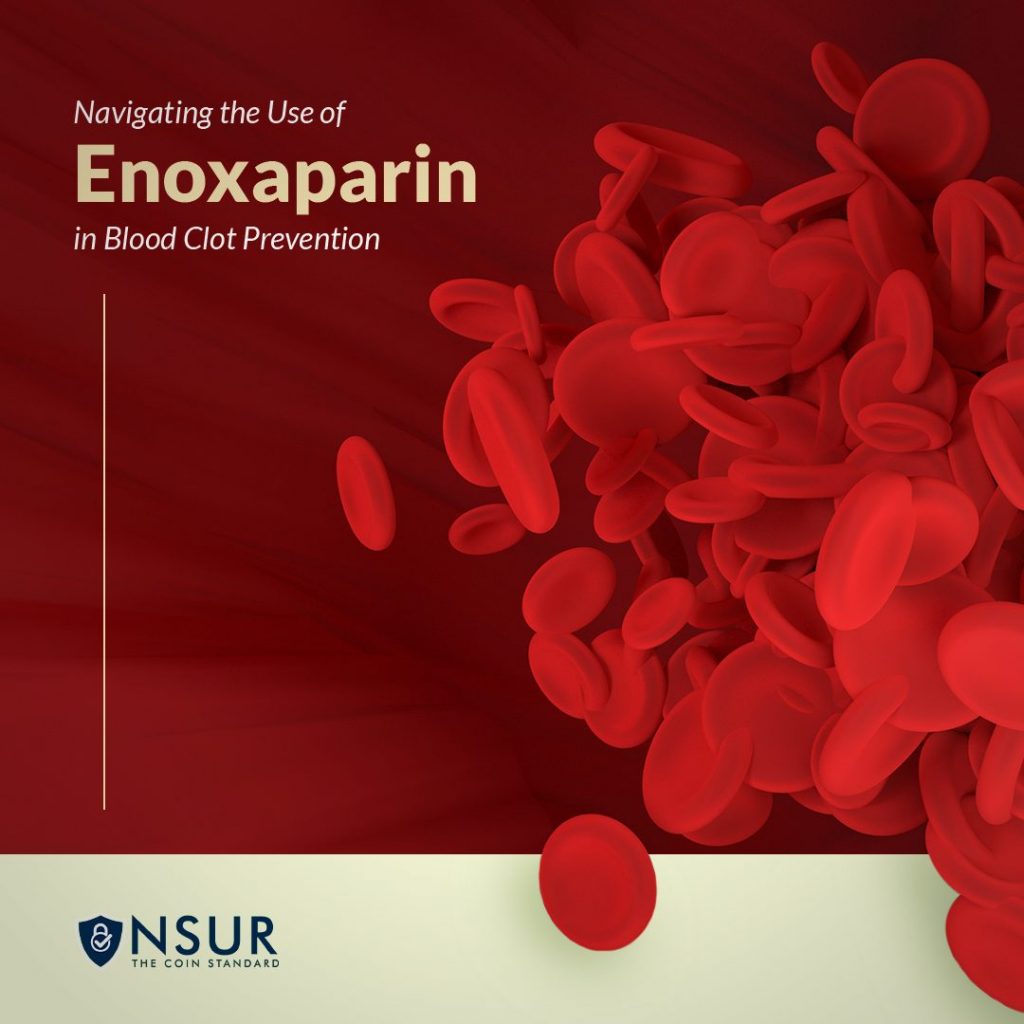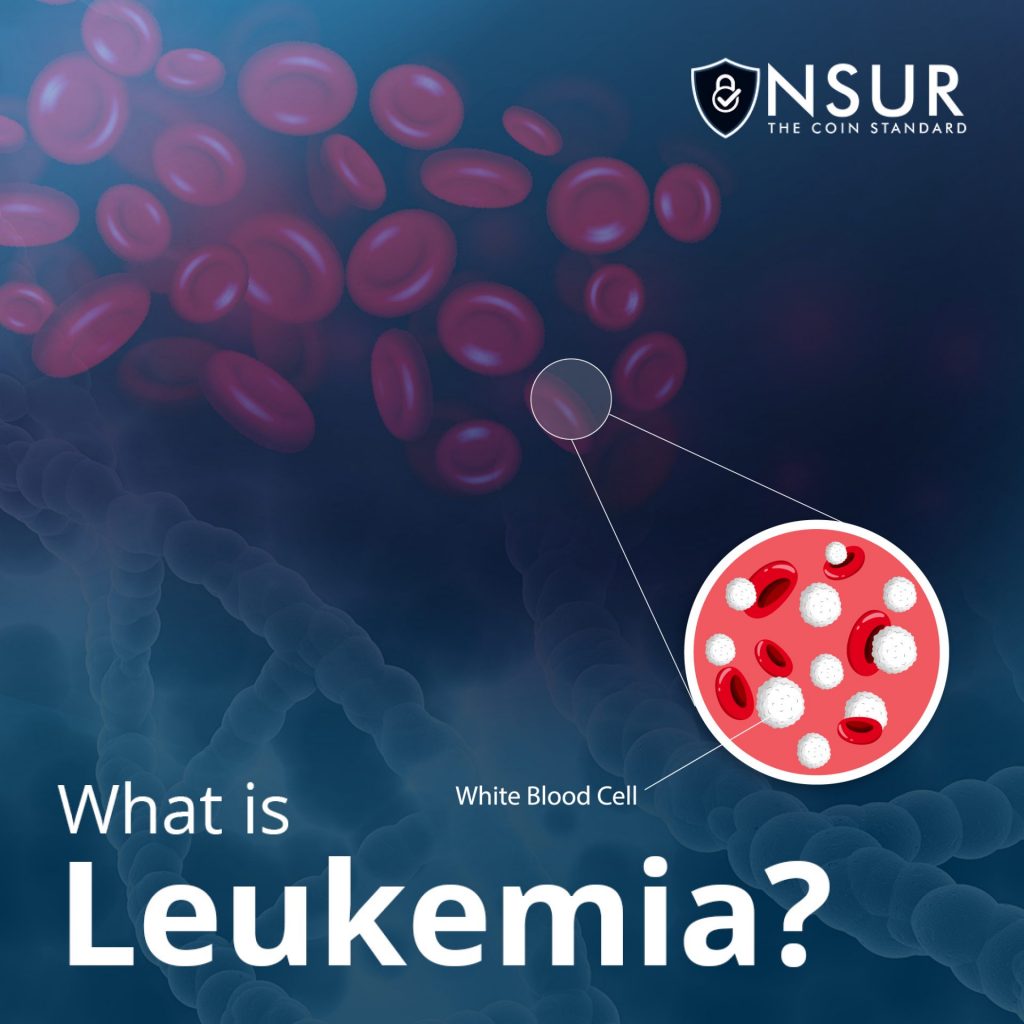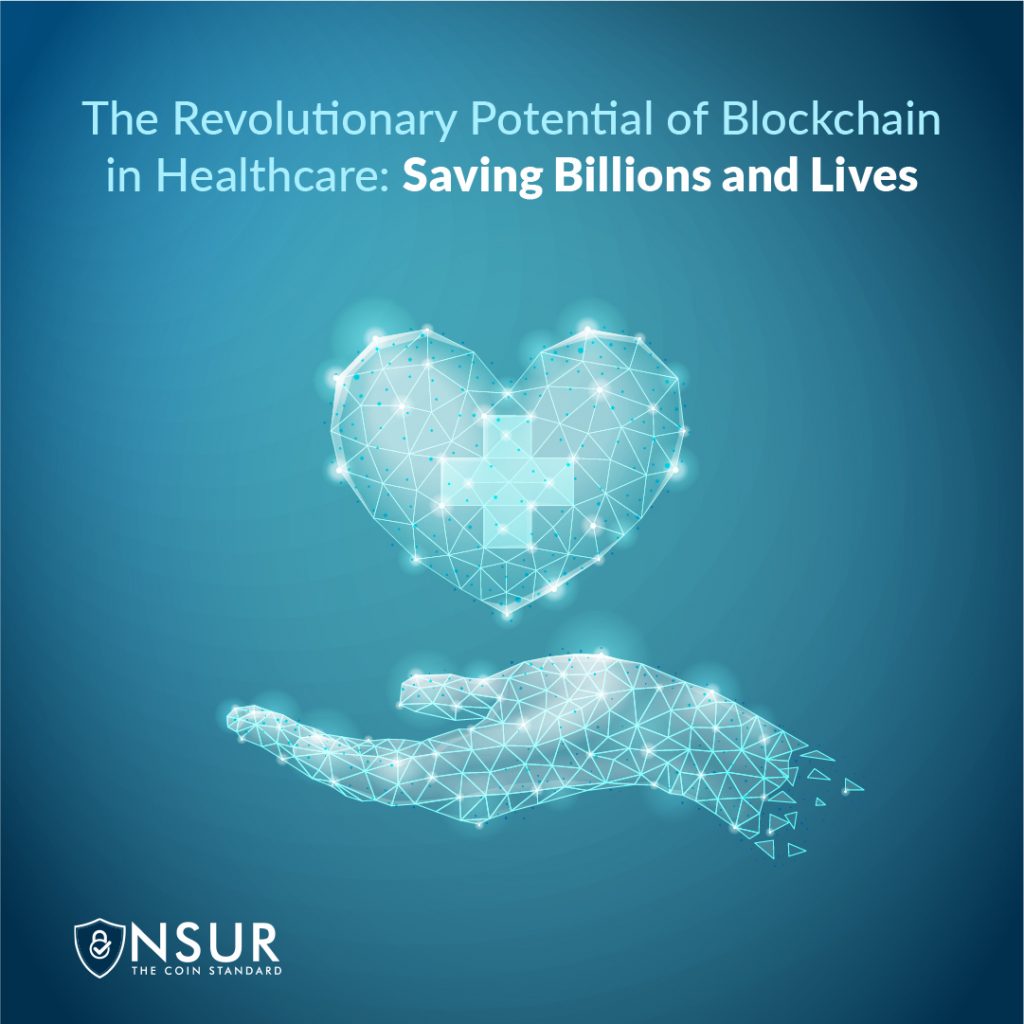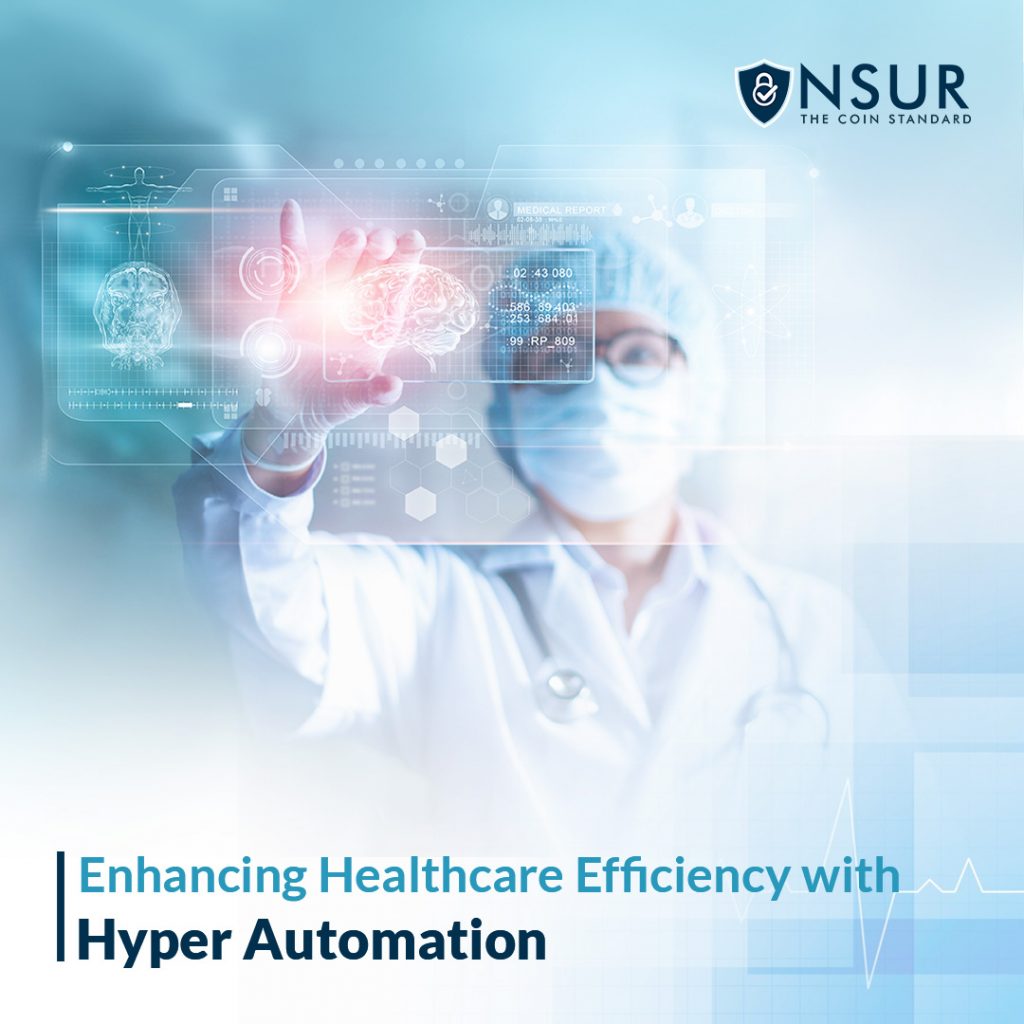
What is hyper automation?
Hyper automation refers to the effective use of complementary technologies to deliver automation from start to finish. Organizations employ a variety of tools and technologies quickly to evaluate, identify, and automate business and IT processes through hyper-automation, in Gartner’s view.
Automating healthcare with Hyper Automation
In the Healthcare industry, providers can focus on providing better patient care as a result of hyper-automation, as it increases process efficiency at scale by identifying new processes to automate. It entails the use of advanced technologies such as artificial intelligence (AI), machine learning (ML), and robotic process automation to digitize a wide range of healthcare tasks, including patient registration and scheduling, clinical decision-making, laboratory testing, and many others. Hyper Automation can streamline processes, reduce errors, and improve the overall quality and efficiency of healthcare services by combining various automation tools and techniques. For example, it can assist healthcare providers in analyzing patient data quickly and accurately to make more informed diagnosis and treatment decisions. Furthermore, hyper-automation can assist healthcare organizations in improving resource allocation and workforce management by automating routine tasks and freeing up staff time for more complex or specialized activities. Hyper automation looks like a promising approach for transforming the healthcare sector and enhancing the delivery of patient care.
Intelligent automation, artificial intelligence (AI), robotic process automation (RPA), chatbots, machine learning, IoT, blockchain technology, citizen-driven development, and intelligent business process management (iBPMS) are some of the fundamental principles that can be used to achieve hyper-automation.
Use Cases of implementing intelligent automation in healthcare
The healthcare sector has embraced digital transformation technologies to shift digital assets into strategic advantages to provide the best possible care to patients. With the scaling up of automation and the redefinition of patient access to treatment, hyper-automation has improved the value of both data and human knowledge, leading to more favorable health outcomes.
Several intelligent automation use cases that have made news in the healthcare regulatory and compliance environment are as follows:
Artificial Intelligence (AI): Telemedicine, virtual assistants, high-tech medical gadgets, apps, and chatbots are powered by self-learning algorithms that can assist with patient handling and give better services. This includes managing appointments, responding to patient queries, remote monitoring, online doctor consultation, and many other useful features. Sensors and wearables, for example, monitor high-risk patients’ blood pressure and glucose levels, whereas digital health assistants improve compliance with treatment guidelines. This improves personalized healthcare outcomes. Hopefully, all of these components will result in improved patient care. Additionally, the use of AI-led diagnostics enables hyper-automation through machine learning, computer vision, and intelligent workflows, resulting in rapid and precise results. This digital assistance helps medical professionals quickly diagnose medical conditions. The system analyzes the reports and readings and immediately assigns the cases to the relevant specialty automatically. The doctors directly receive the validated diagnostic reports and integrate them with electronic medical records (EMRs).
Biometrics: Voice biometrics technology can be used to identify patients, with updated automation and complex algorithms adding a layer of security to any interaction session. ML-powered voice recognition enables the transcription of speech into text, allowing for the processing of numerous cases simultaneously. Additionally, OCR improves the conversion of images into text.
Robotic Process Automation (RPA): RPA technology can automate healthcare claims processing and management, automate billing, and reduce human error and operational costs by up to 80%. Adaptations of AI and ML can navigate through large data to understand patterns and fraudulent activities. It detects fraud more effectively and efficiently as compared to human efforts. In the realm of health insurance, hyper-automation has proven beneficial in eliminating human errors. The advanced capabilities of AI and ML can rapidly sift through the vast amount of data providing thorough analysis. Furthermore, hyper-automation streamlines the prior authorization and claims processing, reducing manual workload and shortening claim cycles, a factor appreciated by clients.
Predictive Analytics: The use of advanced analysis techniques, such as electronic health records (EHRs), can enable clinicians to determine potential diagnoses and streamline their decision-making by assessing, compiling, collecting, and combining patient records.
Laboratory Automation: To automate lab processes, advanced software systems and robotics are used, resulting in faster completion of time-consuming tasks, while reducing manual work and waste, increasing efficiency, and cost savings. Furthermore, hyper-automated labs have several use cases such as electroceuticals and cognitive devices that help in monitoring health and delivering accurate data for the right therapy, personalized medicines that utilize a patient’s cells or specific genetic material, and next-generation automation such as 3D printing and robotics that allow for the creation of customized structures for complex processes such as organ transplantation, prosthetics, and precise medication devices.
Research and development: To speed up pharmaceutical R&D, hyper-automation technology can be used with artificial intelligence models and digital twins. New drugs can be discovered through the use of digital twins, which make digitized copies of tools, human organs, genomes, or single cells for testing. Furthermore, deep learning algorithms help identify potential drug discovery.
Digital transformation technologies enable patients to exchange information with their physicians via cloud-based portals, resulting in increased patient participation, more fruitful conversations with clinicians, and ultimately improve health. The healthcare industry has made significant progress with the use of digital technology, introducing bio-printing of diverse cells, tissues, and organs, telemedicine, DNA testing, and other medically advanced technologies.
Hyper Automation: Benefits for Medical Laboratories
There are many advantages of hyper-automation in the transformation of medical labs, such as improving performance and productivity, increasing automation and flexibility, reducing costs, and improving business agility. Healthcare professionals can focus on providing timely and high-quality care to patients by automating administrative tasks, promoting greater efficiency and collaboration. Hyper Automation also enables scalability and diversity in the technology stack, reducing reliance on a single technology for automating various operations. Furthermore, hyper-automation speeds up automation by combining various technologies such as RPA, AI, ML, and NLP, allowing healthcare labs to address current healthcare challenges.
By reducing reliance on human staff, healthcare organizations can reduce hiring costs and redirect funds to critical areas such as R&D and hospital infrastructure expansion and repair. Hyper Automation also improves business agility by allowing healthcare labs to adapt and change their care delivery methods to meet the industry’s changing requirements.
Roadblocks in implementing hyper-automation in healthcare
Data security
Complexity
Workforce reskilling
Integration
Cost
Regulatory compliance
The challenges and considerations in implementing hyper-automation in healthcare include the need for proper planning and preparation, overcoming change resistance, ensuring data security and privacy, identifying the right processes for automation, selecting appropriate technology and vendors, maintaining regulatory compliance, and addressing ethical challenges. Furthermore, organizations must consider the potential impact on their workforce and ensure that they receive proper training to embrace novel technology. Addressing these challenges necessitates a multidimensional approach that includes collaboration among various stakeholders, including IT teams, regulatory bodies, and healthcare providers.
Bottom Line
Hyper automation in healthcare can lead to improved efficiency, personalized and transparent healthcare systems, and enhanced care for patients. Hyper Automation involves the implementation of various technologies to automate tasks such as patient registration, scheduling, clinical decision-making, and laboratory testing, such as AI, RPA, chatbots, machine learning, IoT, blockchain technology, and intelligent business process management. The widespread adoption of hyper-automation across various business operations is becoming more important, which will benefit healthcare by resulting in better patient care and health outcomes.
To protect patient privacy and ensure equitable access to healthcare services, healthcare providers must ensure that these technologies are implemented ethically and following proper guidelines. While automation is a game-changing approach to several problems in the healthcare industry, hyper-automation as a disruptive technology can help bridge the gap between developing and implementing practical healthcare solutions.
